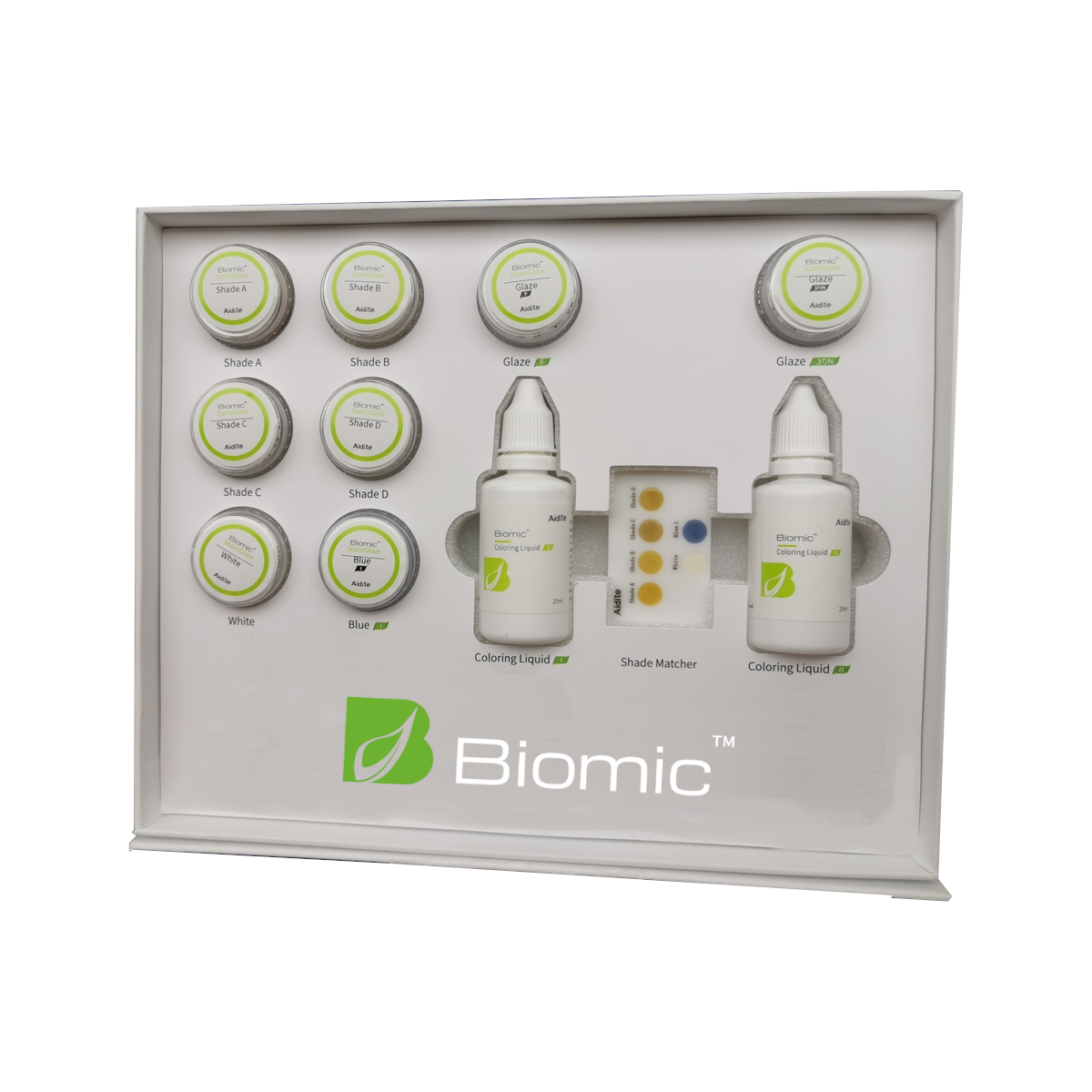Specifically, in the recent past, ceramics have revolutionized using bionic glaze. This material has inspired artists and scientists and attracted those concerned about the environment with its resilient and eco-friendly approach toward glazing. Here, it will be possible to explain what it is and how it is created, as well as the possibilities for its use and the advantages for both creative and scientific initiatives.
What is Biomic Glaze?
It is a cutting-edge material that uniquely blends natural minerals and organic compounds. Unlike conventional glazes that often rely on synthetic chemicals, it is formulated to be eco-friendly and non-toxic. The term “biomic” stems from the fusion of “bio,” indicating its organic origins, and “mic,” suggesting the microscopic level at which its components interact.
Composition of Biomic Glaze
The core ingredients include finely ground minerals such as kaolin, feldspar, and quartz, combined with organic binders derived from plant-based sources. This mixture is subjected to a high-temperature firing process, resulting in a durable and aesthetically pleasing finish. Additionally, it incorporates naturally occurring pigments, offering a wide spectrum of colors without the need for harmful additives.
How It Works
The science behind Biomic lies in its ability to form a stable, glass-like coating on ceramic surfaces. The mineral components melt and fuse during the firing process, creating a smooth and impermeable layer. The organic binders decompose without leaving toxic residues, enhancing the glaze’s environmental credentials. This innovative approach produces a beautiful finish and ensures the ceramic piece’s longevity and resilience.
Applications of Biomic Glaze
The versatility has made it a popular choice across various fields, from traditional pottery to advanced biomedical applications. Its unique properties allow artists and scientists alike to push the boundaries of their respective disciplines.
Artistic Applications
It has opened new avenues for creative expression in the realm of ceramics. Artists appreciate its ability to produce vibrant colors and intricate patterns while adhering to sustainable practices. The glaze’s resilience ensures that ceramic art pieces remain pristine and resistant to wear, making them suitable for decorative and functional purposes.
Biomedical Uses
Beyond the world of art, Biomic Glaze has found significant applications in the biomedical field. Researchers have utilized its biocompatible properties to develop medical implants and prosthetics with enhanced durability and reduced risk of infection. The glaze’s non-toxic nature makes it ideal for use in medical environments, contributing to safer and more effective healthcare solutions.
Environmental Benefits
One of the most appealing aspects is its positive environmental impact. Traditional glazes often contain hazardous substances that can leach into the soil and water, threatening ecosystems. In contrast, it is designed to be biodegradable and free from harmful chemicals, aligning with the principles of green chemistry.
Reducing Waste
The production process emphasizes sustainability by minimizing waste. Using natural and renewable resources reduces the reliance on non-renewable materials, and any leftover glaze can be safely disposed of or recycled. This approach not only conserves resources but also reduces the ecological footprint of ceramic production.
Promoting Health and Safety
In addition to its environmental benefits, Biomic contributes to healthier living and working conditions. The absence of toxic fumes and residues during firing ensures that artisans and laboratory personnel are not exposed to harmful substances. This commitment to safety extends to the end-user, who can enjoy ceramic products without concerns about potential health risks.
Future Prospects
The development of Biomic Glaze represents a significant milestone in the evolution of materials science, but its journey is far from over. Continued research and innovation hold the promise of even greater advancements soon.
Expanding Color Palettes
Scientists and artists are collaborating to expand its color range, exploring new pigments derived from sustainable sources. This effort will enable even more vibrant and varied artistic creations, further enhancing the glaze’s appeal in the ceramics community.
Advanced Medical Applications
The biomedical sector stands to benefit greatly from ongoing research. Future developments may include more sophisticated medical devices and implants with enhanced performance characteristics. The goal is to create materials that not only meet but exceed the stringent requirements of modern healthcare.
Broader Industrial Uses
It has the potential to revolutionize various industries beyond art and medicine. Its unique properties could be harnessed in applications ranging from aerospace engineering to electronics, offering eco-friendly alternatives to traditional materials. As the technology matures, its influence is expected to grow, paving the way for a more sustainable future.
Conclusion
Biomic Glaze is much more than a mere advancement in ceramic glazing; it is a testament to the power of innovation and sustainability. By combining natural minerals and organic compounds, this remarkable material offers a durable, eco-friendly, and aesthetically pleasing alternative to traditional glazes. Its art, medicine, and beyond applications underscore its versatility and potential to drive positive change across various fields. As research and development continue, it is poised to make an even greater impact, helping to shape a future where creativity and environmental responsibility go hand in hand.


